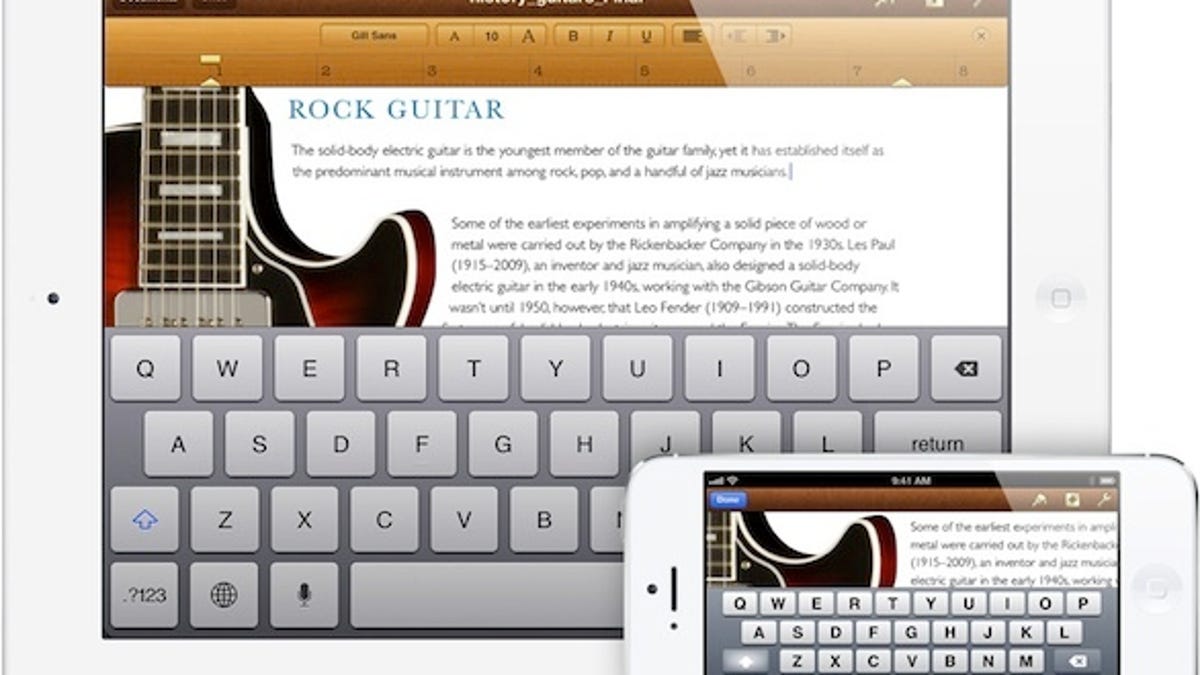Writer's block: Cursing the cursor on Apple, Google tablets
Apple and Google tablets are both good at what most people use tablets for. Writing is a different matter.

Google makes a great tablet. But Apple does too. Neither are great writing platforms, though.
After picking up the Nexus 10 a while back, I've been finding it hard to put down. It's lighter and thinner than the 9.7-inch iPad 4 (and it certainly feels that way), it's fast (packing Samsung's latest dual-core A15 with quad-core graphics), has more system memory (2GB), has a gorgeous screen (boasting even higher resolution than Apple's Retina), and comes with the latest version of Android (4.2) -- also very likable.
Like I said, it's very hard to put down.
But I'm a productivity person. So, ultimately I spend more time on the most work-efficient device. These days that means more time on the iPad 4.
Let me insert a parenthetical here and say that everyone has idiosyncratic (some might say stupid) reasons for choosing one product over another. That is, what's irrelevant to one person may be indispensable to another.
For me, writing is indispensable. Though neither tablet beats a laptop, the iPad/iOS makes it less of an exercise in anger management.
It's like this: the more I use tablets, the less I use laptops. And I would like to use laptops even less, but I can't.
Why? Take text cursor placement. The human finger (tablets) is a lousy replacement for a mouse pointer (laptops). That's why laptops have touch pads and desktop OSes have built-in mouse pointers/cursors. And that's why most people still use laptops for word processing -- and productivity in general. (Though there are work-arounds out there.)
But, like I said, I can't resist the grab-and-go appeal of the tablet, so I continue to use it for writing. And text cursor placement is easier on the iPad and iOS than Android -- for me.
Apple does a good job of making this tolerable with the magnifying glass (see image above). While Android will also magnify the target area, it's not as precise.
Cut-and-paste and undo are easier on the iPad and iOS too. Android cut-and-paste is a pretty close match to the iPad, but the stock Android keyboard doesn't have undo, while Apple's does.
So, why not just use a physical keyboard? That's obviously an option for a lot of people. But then it ceases being a tablet. And you might as well use the MacBook Air or a Windows equivalent.
And one more thing. I like the iPad's aspect ratio when doing productivity stuff. You get more on the screen in landscape mode and it's not too oblong in portrait mode. In other words, the iPad is closer to a square, the Nexus 10 is more like a rectangle.
But enough about the iPad. There's plenty to like about the Nexus 10 when I'm not writing.

